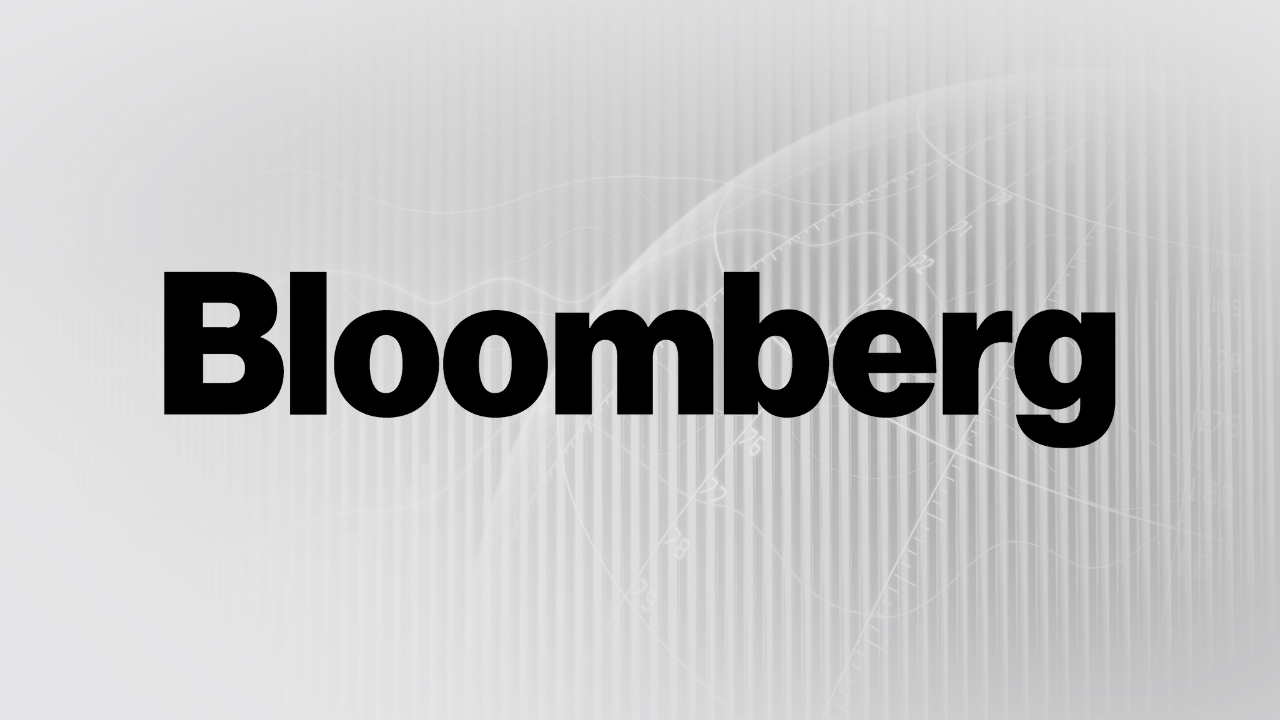Macro Flash Report
Manufacturing Sector Deep Dive
Takeaway:
September Manufacturing data point to a continued contraction within the sector. FED surveys, the ISM and the S&P Global PMI’s all highlight the fact that elevated borrowing costs and election uncertainty have stood in the way of a recovery in consumption from the sector.
S&P Global US (dotted) & ISM Manufacturing PMI (solid)
ISM Manufacturing PMI held steady at 47.2 in September, slightly below the market expected 47.5, marking the sixth consecutive month of contraction, with 22 of the last 23 months below that threshold. Subdued demand continues as companies hesitate to invest in capital and inventory amid to Fed policy and election uncertainty.
- Declines were seen in new orders (46.1 vs 44.6), inventories (43.9 vs 50.3), and backlogs (44.1 vs 43.6).
- Production nearly stalled (49.8 vs 44.8), prices eased (48.3 vs 54) and supplier deliveries indicated slowing (52.2 vs 50.5).
S&P Global US Manufacturing PMI was revised up to 47.3 from a preliminary reading of 47. Even after the revision higher, September printed at the lowest level since June 2023, and it remains in contraction for the third consecutive month.
- Both output and new orders fell sharply, driven by weakened demand and political uncertainty.
- Employment dropped at the fastest pace since 2010 (excluding the pandemic).
- However, business confidence improved slightly, with hopes for a demand recovery post-election.

Fed Manufacturing Surveys in September:
- NY Empire: unexpectedly surged to 11.5 vs -3.9, from -4.7 in August, marking the first expansion since November 2023.
- Philadelphia: rose to 1.7, beating expectations of -1 and recovering from August’s -7.
- Kansas City: dropped to -8 from -3 in August, below the forecasted -5.
- Richmond: fell to -21, down from -19, missing the anticipated -17 and marking the steepest contraction since May 2020.
- Dallas: ticked up to -9 from -9.7, the highest reading since January 2023 and above the expected -10.6.


